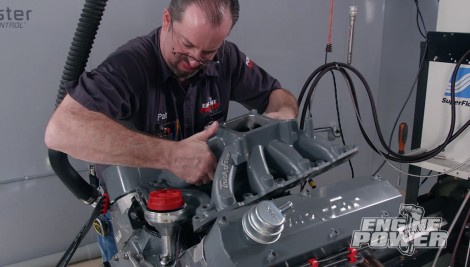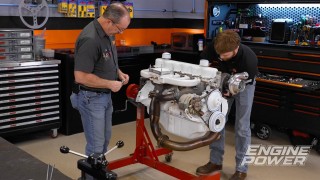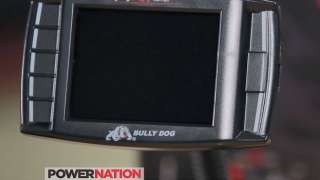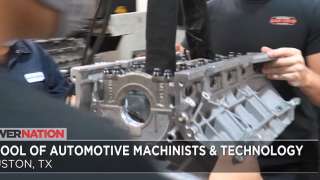
Single Vs. Dual Plane Manifold: Which Will Make More Power For Our Ford 302
Previously, our forgotten Ford powerplant pumped out stout numbers in the dyno cell. Our goal this time: even more power!
Season 7
Episode 21
Hosts: Pat Topolinski
First Air Date: October 28, 2020
Duration: 21 minutes 35 seconds











































